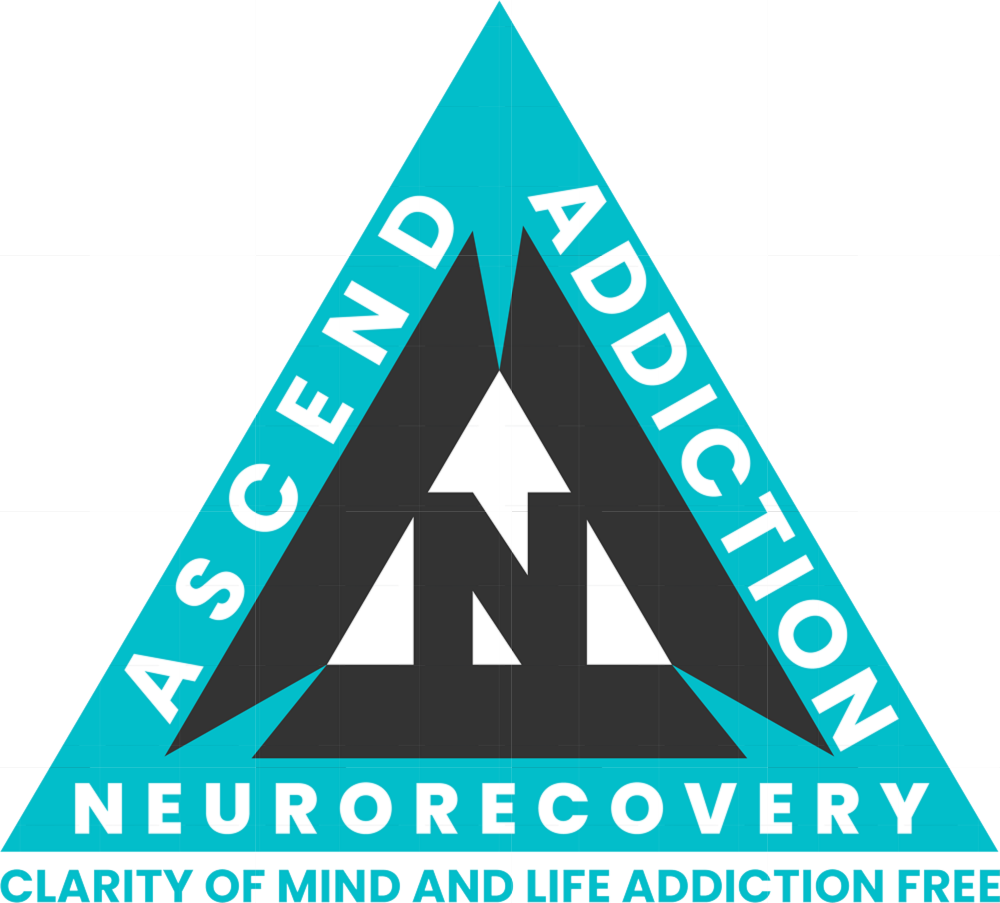Introduction: The Inner Critic in Recovery
If you’ve ever battled addiction, you’ve probably heard a little voice in your head. You know the one — it whispers to you when you’re most vulnerable: “You’re weak.” “You’ll relapse anyway.” “Why even bother trying?” It’s relentless, and it often knows just what to say to make you doubt yourself.
That voice is more than just bothersome; it might be detrimental as well. It undermines your confidence, feeds feelings of shame, and tells you that change is unattainable. Left unchecked, it can damage recovery before it ever begins.
But here’s the good news: you don’t have to live at the mercy of your critic. With the right tools, you can retrain that voice to be an ally rather than an enemy. Cognitive-Behavioral Therapy (CBT) is one of the most effective approaches to this. By combining CBT and self esteem treatment, you can reduce negative thoughts, boost confidence, and lay the groundwork for long-term sobriety.
Let’s look at how this transformation occurs — and how you may make your inner voice work for you.
1. Meet the Little Voice in Addiction Recovery
The Bully in Your Mind
The little voice in recovery usually takes on the role of a bully. It sounds like this:
- “You’ll never make it without using it.”
- “Everyone can see you’re a failure.”
- “One slip means you’re hopeless.”
Not only does it hurt, but it also sabotages your recovery attempts when you talk negatively to yourself.
How It Undermines Self -Esteem
Every time you listen to the bully, your self-esteem suffers another blow. You begin to internalize those messages, believing that you do not deserve healing or are incapable of achieving sobriety. Low self-esteem makes it more difficult to resist urges, which leads to being unable to break the cycle.
2. Why the Voice Feels So Convincing
The Thought-Feeling-Behavior Loop
Here’s the psychology behind it:
- Thought: “I’ll always relapse.”
- Feeling: hopelessness, shame.
- Behaviour: giving up and using again.
The little voice thrives in this loop, growing stronger with each repetition.
Addiction and Self-Esteem
Addiction feeds on low self-esteem. Substance abuse is a common coping mechanism for people who feel weak or ashamed of themselves. However, each relapse or mistake reinforces such feelings, raising the inner critic’s voice.
This is precisely where CBT and self esteem come together. CBT breaks the cycle by helping you challenge the voice, whereas restoring self-esteem boosts your ability to continue fighting for recovery.
3. How CBT Helps You Talk Back
Step 1: Spot the Lies
CBT begins with awareness. When you catch yourself thinking, “I’ll never change,” you’ve made the first step toward breaking the loop.
Step 2: Challenge the Voice
CBT trains you to ask, “Is this thought 100% true?” “What evidence do I have?” Maybe you’ve been sober for weeks previously, or maybe you’ve overcome other obstacles in life. That evidence matters.
Step 3: Reframe the Story
Reframing involves replacing the critic’s voice with something more balanced and beneficial.
- From: “I failed, so I’m hopeless.”
- To: “I stumbled, but I’m still moving forward.”
This doesn’t mean ignoring mistakes. It entails praising yourself for your efforts and accomplishments rather than criticizing yourself.
In Cognitive-Behavioral Therapy, you learn a new language, the language of resilience.
4. Real-Life Example: Sarah’s Turning Point
Sarah had been working on her recovery for months, but a relapse nearly convinced her to quit completely. Her inner critic was harsh: “You’ve ruined everything.” “You are not cut out for this.”
During therapy, she learnt to use CBT approaches. Instead of accepting those beliefs as facts, she reframed them: “Yes, I slipped, but I’ve also stayed sober for longer than I ever have. That shows I can do it again.”
The more she practiced, the less influence her critic possessed. With time, the voice became more supportive: “You pulled through the last time, and you can do it again.”
Sarah’s slips no longer defined her, owing to her improved self-esteem. Her experience shows how CBT and self esteem may transform even the harshest critic into an unexpected source of support.
5. Practical Tools to Retrain Your Voice
Keep a Thought Journal
Note the negative things your voice says. Seeing them in black and white highlights how harsh—and often untrue—they truly are.
Practice “Evidence Testing”
When the voice says, “You’ll fail,” offer three reasons why this may not be true. This diminishes the critic’s power.
Flip the Script
Simply replace “I can’t handle this” with: “This is hard, but I’m learning how to handle it.” Small changes generate momentum.
Pair CBT with Self-Compassion
When you stumble, talk to yourself like you would to a friend. A little kindness can go a long way in recovery.
6. Why CBT and Self Esteem Are Critical for Recovery
Confidence as a Shield
With high self-esteem, setbacks feel like brief detours rather than dead ends. You begin to believe you can make it through.
Breaking the Shame Cycle
Combining CBT and self esteem not only silences the inner critic but also dismantles the guilt that fuels relapse. Instead of tearing yourself down, you gradually build yourself back up.
It’s not just about sobriety. It’s about developing a better relationship with yourself, one based on respect, compassion, and faith in your ability to change.
Conclusion: Turning the Critic Into a Coach (with the Right Support)
That little voice in your head does not have to be an enemy of your recovery. CBT allows you to retrain it to work for you rather than against you. By confronting mistaken thoughts and strengthening self-esteem, the inner critic can transform into a coach who encourages, motivates, and reminds you of your progress.
The main point of recovery is not perfection but perseverance. Every time you reframe a thought, you recover power from the voice that previously held you back.
At Ascend Addiction NeuroRecovery, we specialize in CBT therapy that strengthens self-esteem and promotes long-term recovery. So, if you’re ready to silence your critic and find a more sympathetic inner voice, our team is here to help you every step of the way. Because you don’t have to traverse this path alone.









